-
About Us
button

Dabur India Limited is a leading Indian consumer goods company with interests in Hair Care, Oral Care, Health Care, Skin Care, Home Care and Food & Beverages.
-
Our Brands
button

Dabur presents a range of Herbal & Ayurvedic Personal Care products, created to make you look and feel good. Bringing together the gentle touch of nature and Ayurveda's wisdom .
-
Investors
button

Read our recent and archived releases, quarterly results, annual reports and financial statements. Initiatives Investor Centre.
-
Newsroom
button

Welcome to Dabur Media Centre. In this section, you’ll find our latest Press Releases arranged in a chronological order. The Press Releases have been further
-
Ayurveda & you
button

Our curated Collection of Ayurvedic knowledge for you. We at Dabur are working towards helping people lead a healthy and balanced life.
-
Sustainability
button
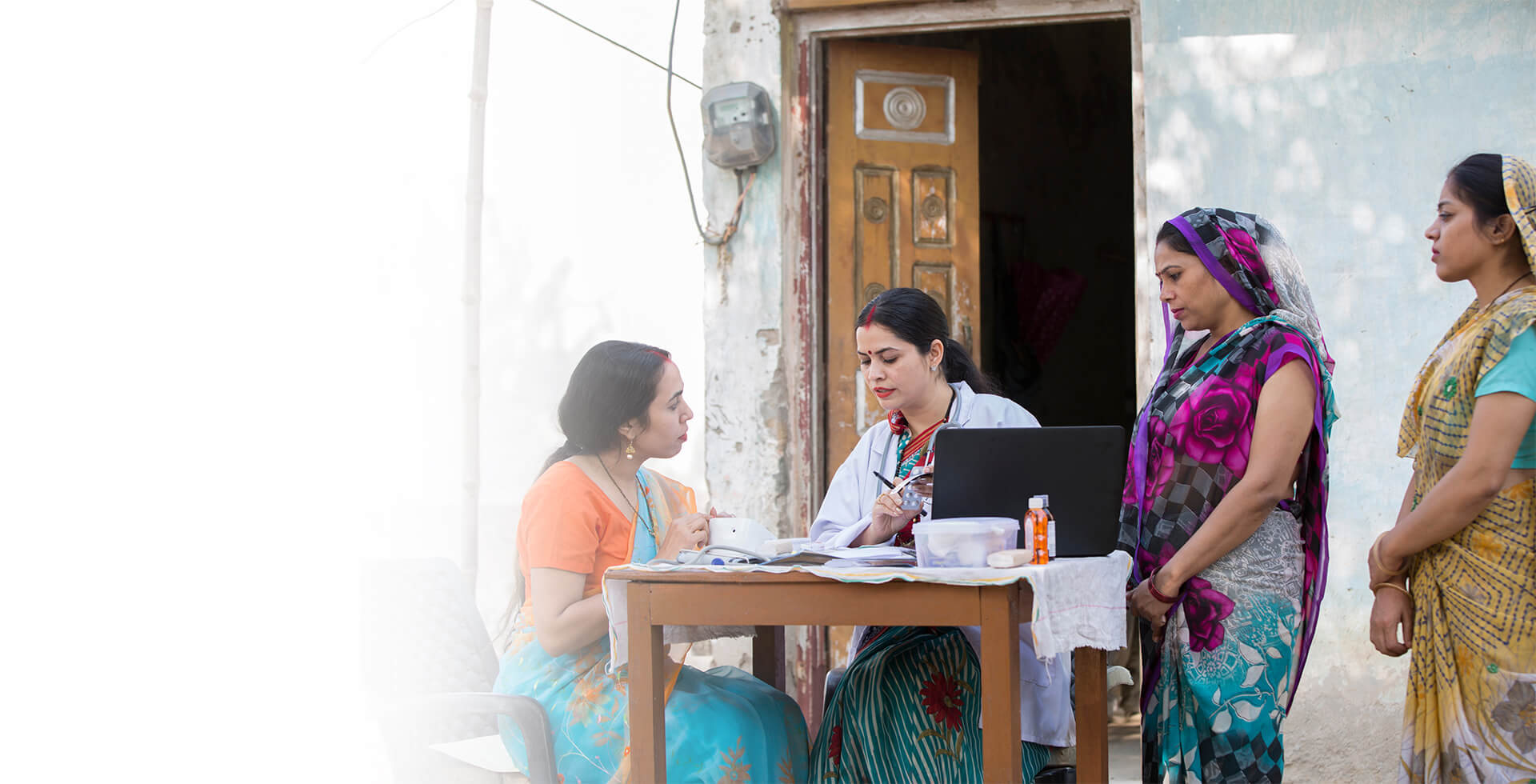
Dabur has been engaged in community development activities since 1994 and is committed to making a positive contribution to the communities where we source, live, work and sell our products.
-
Join Us
button

At Dabur, we are very passionate about winning and this has been engrained in DNA of the organization.
-
Support
button
- Home > Ayurveda & you > Ayurveda & Science > Ayurvedic & Medicinal Plants
Ayurveda and Science
Yavasa/यावसा/Javasa/Alhagi camelorum/Camel Thorn
AYURVEDIC & MEDICINAL PLANTS
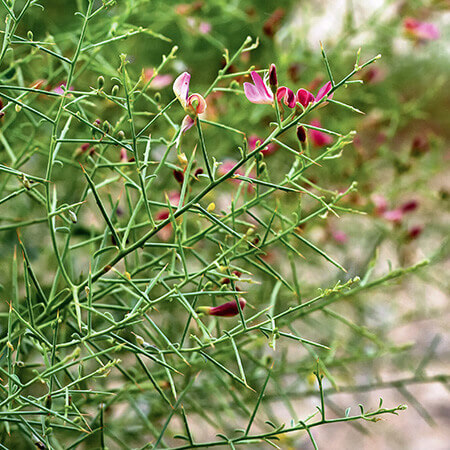
FLOWERS: June-July. Two-6 short-stalked flowers are produced alternately along each thorn branchlet axis. Flowers pea-like, with magenta to pink petals 8-9 mm long. FRUITS and SEEDS: July-August. Pods (loments) reddish-brown at maturity, slender, often curved, 1-3 cm long, constricted between seeds, and often tipped with a small spine.
Alhagi Camelorum Medicinal Uses
The whole plant is diaphoretic, diuretic, expectorant and laxative. An oil from the leaves is used in the treatment of rheumatism in Indian Ayurveda. The flowers are used in the treatment of piles. It is also used in vomiting, stomachache and constipation. Yavas plant is an excellent ayurvedic medicine for constipation. The juice of leaves is instilled in nose in headache.
Chemical Composition
The Camel thorn secretes a sticky liquid, which is known as manna. The principal constituent of pure manna is mannite (C6H8 [OH] 6), 90 per cent, with 11 per cent of sugar and about 0.75 per cent of impurities. Inferior sorts of manna contain mucilage, cane sugar, laevulose, dextrin, bitter substances soluble in ether, and fraxin (C16H18O10), a fluorescent glucosid resembling aesculin. Mannite (mannitol) (C6H8[OH]6, or C6H14O6) may be readily prepared from manna by digesting it in hot alcohol; on cooling, the mannite forms in tufts of silky, quadrangular prisms.
Pacifies Vata and pitta. It is also a kapha expectorant.
Read more about various ailments, it's causes, symptoms, ayurvedic treatments, etc.
Know the story behind other medicinal Ayurvedic ingredients
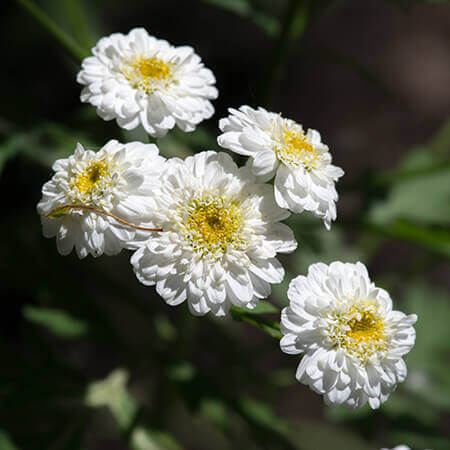
Akarkara
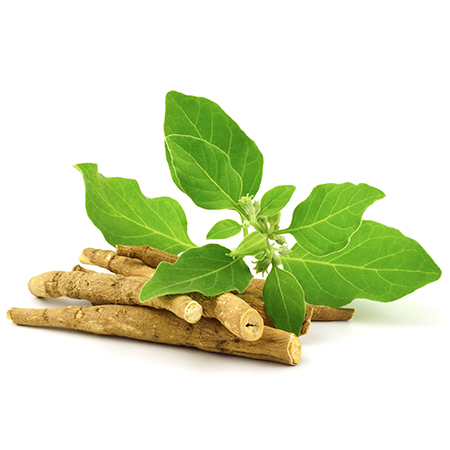
Ashwagandha
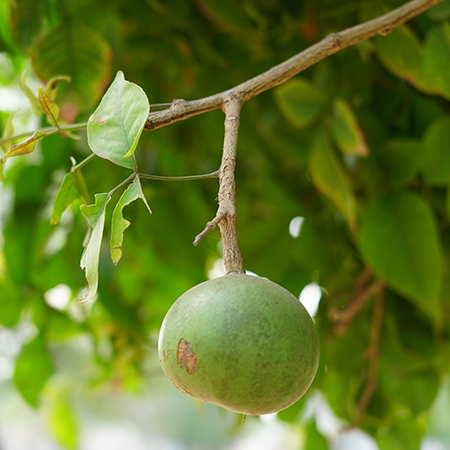
Bael

Chitvan







